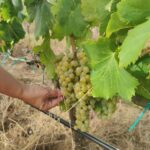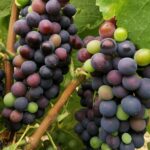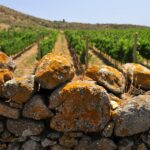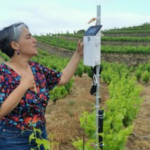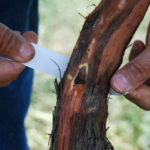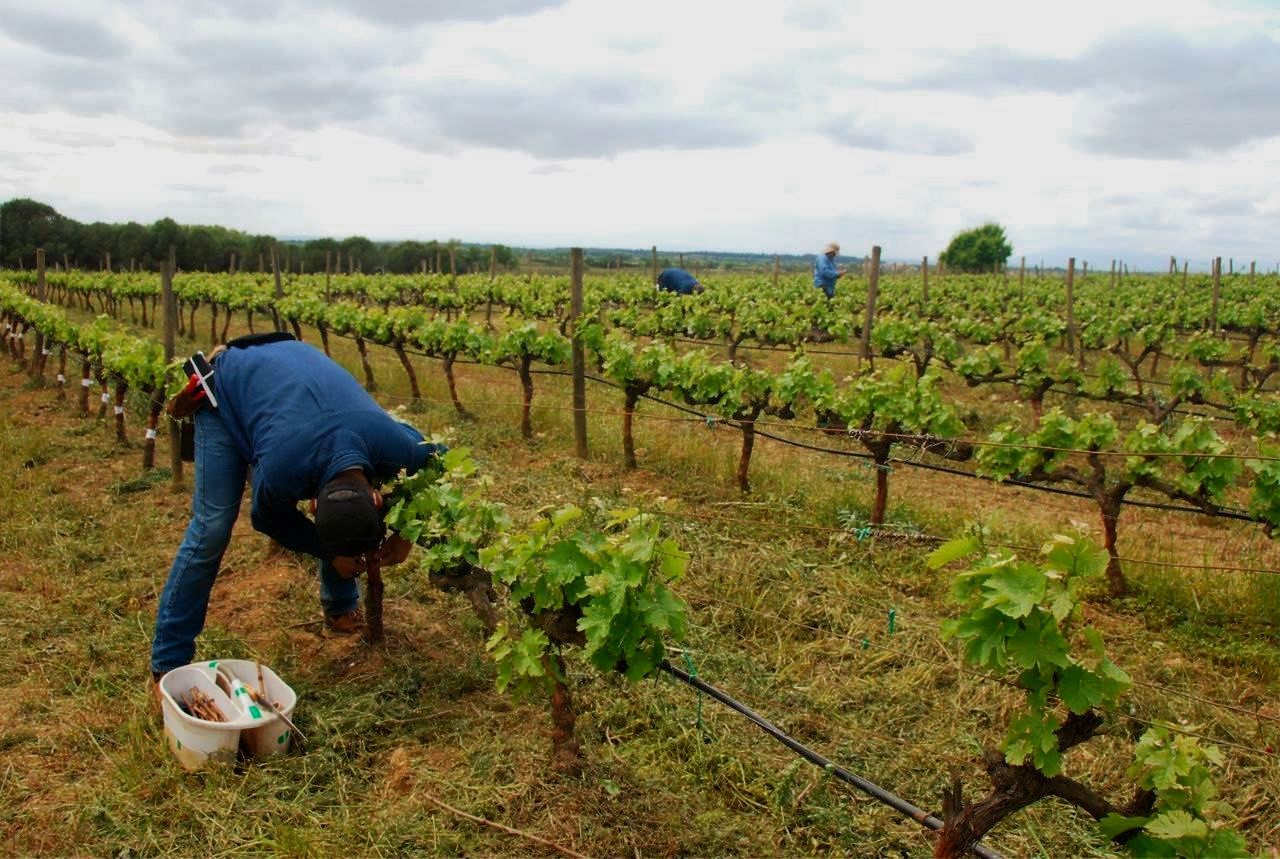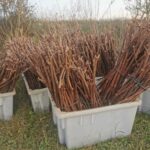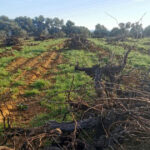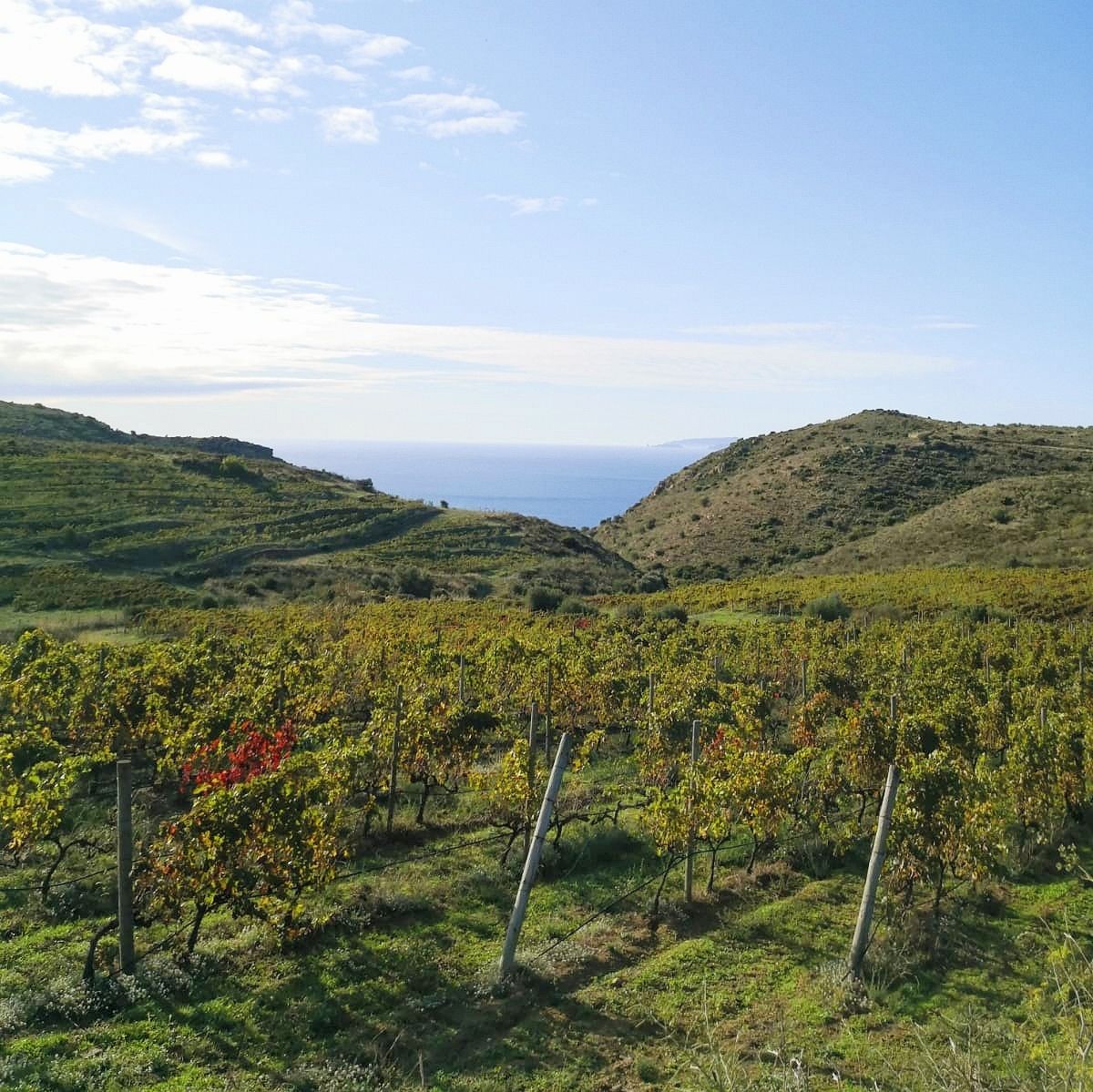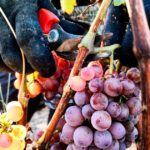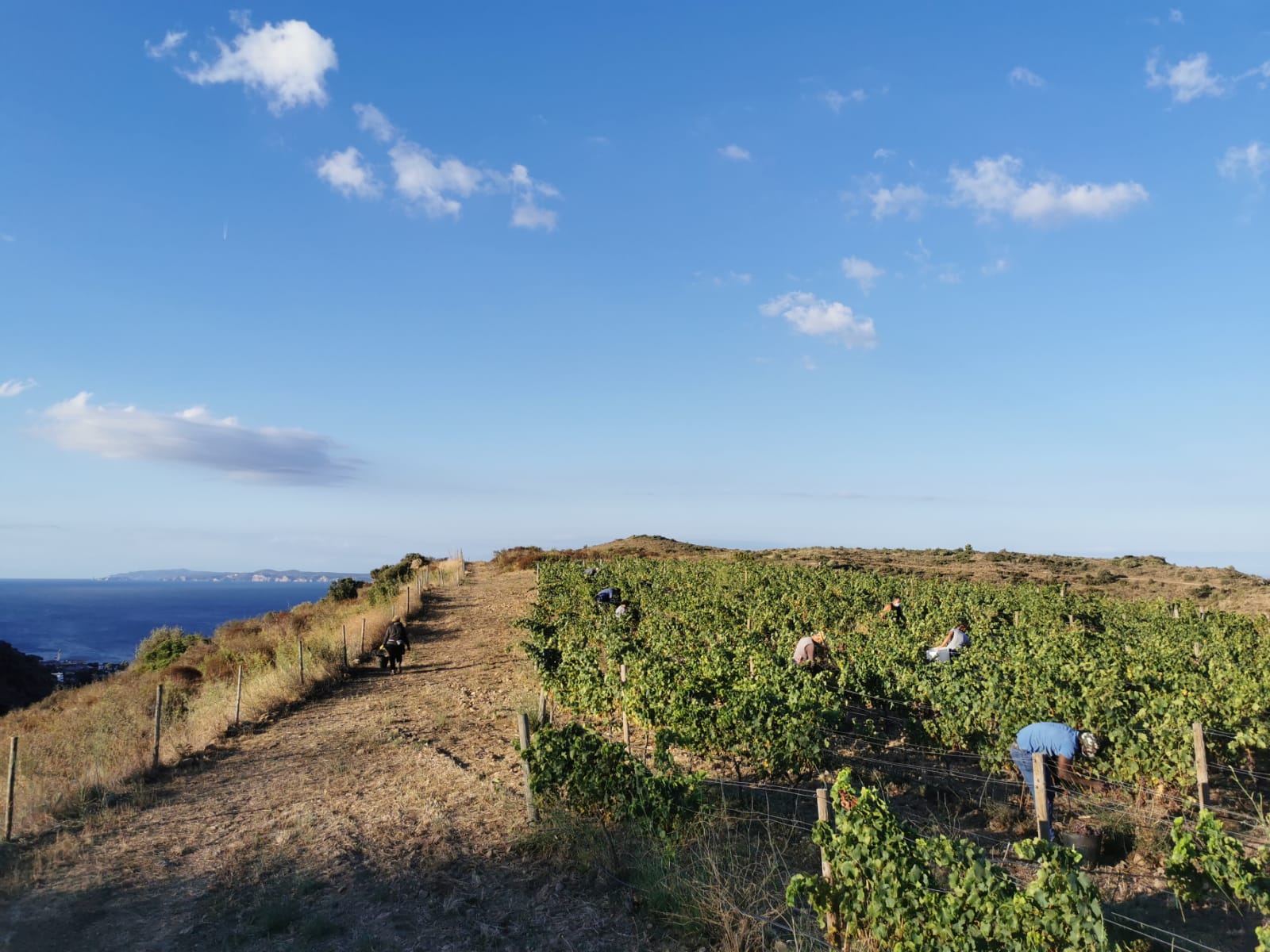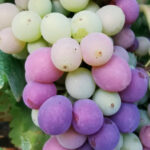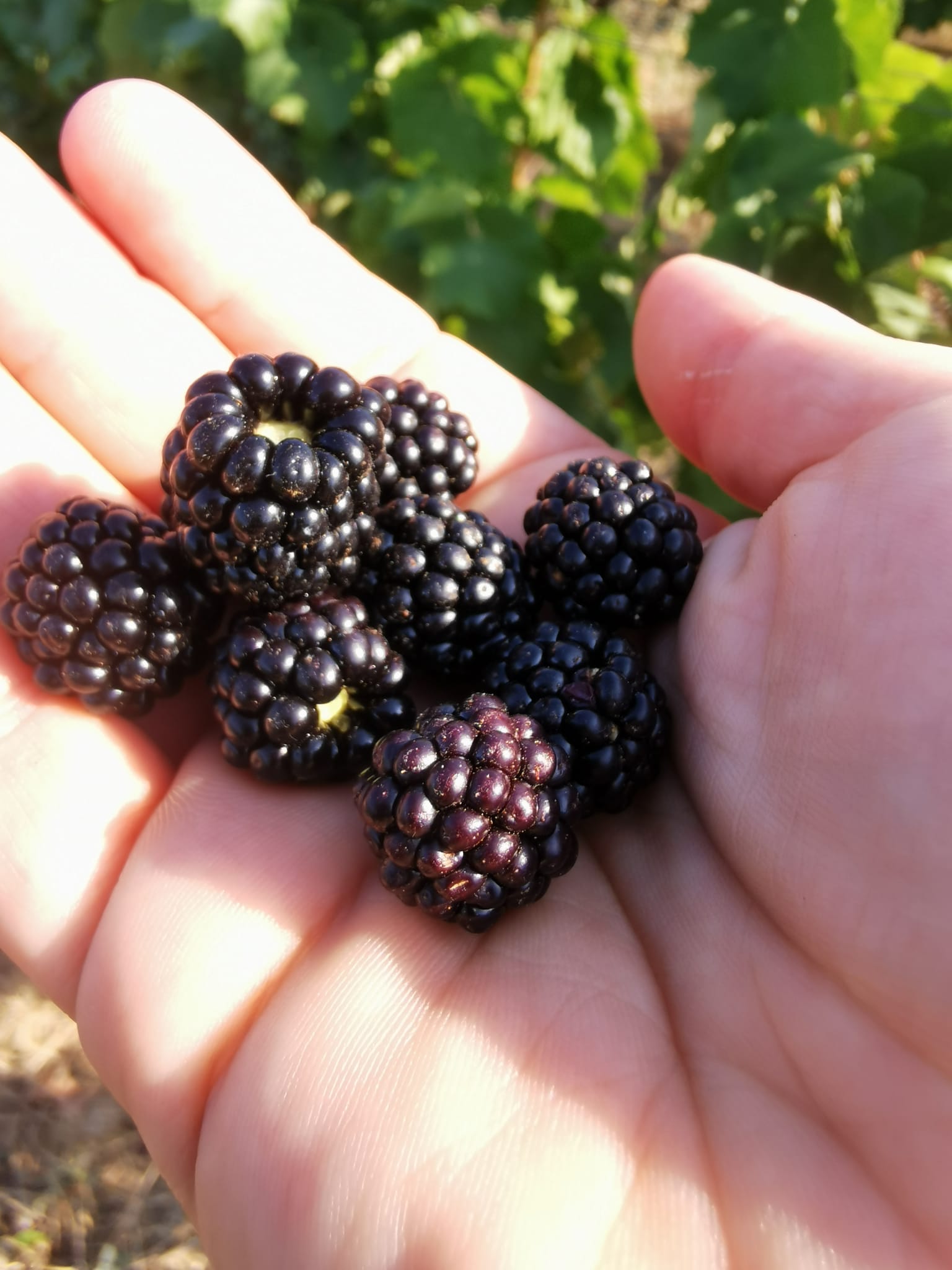To determine the optimal degree of ripeness of the grapes, we carry out periodic checks in the vineyards. Every day, a few grains to taste, observe and analyze.
Today we checked the ripeness and maturity of the white grenache vineyards, in Vilajuïga, the first to ripen and harvest. We repeat steps in stages to see small variations and find the best time to harvest. In this case the seeds are not yet woody, that is, green. In addition, a slight sour taste indicates that we still have a little to go before we can start, but we are already close. After collecting the samples, we press the grains, and taste the must. Here we will have more data on acidity, sugar, taste. As if that wasn’t enough, we finally also analyze this must. The scientific data usually ends up corroborating the conclusions we had already reached tasting, but we have to split hairs to be perfect!
After today’s tastings, everything is an evidence that the harvest is very close. At this point, after all the efforts and joys that the vineyard gives us, we are very happy to start harvesting 🙂
